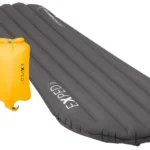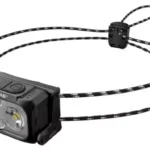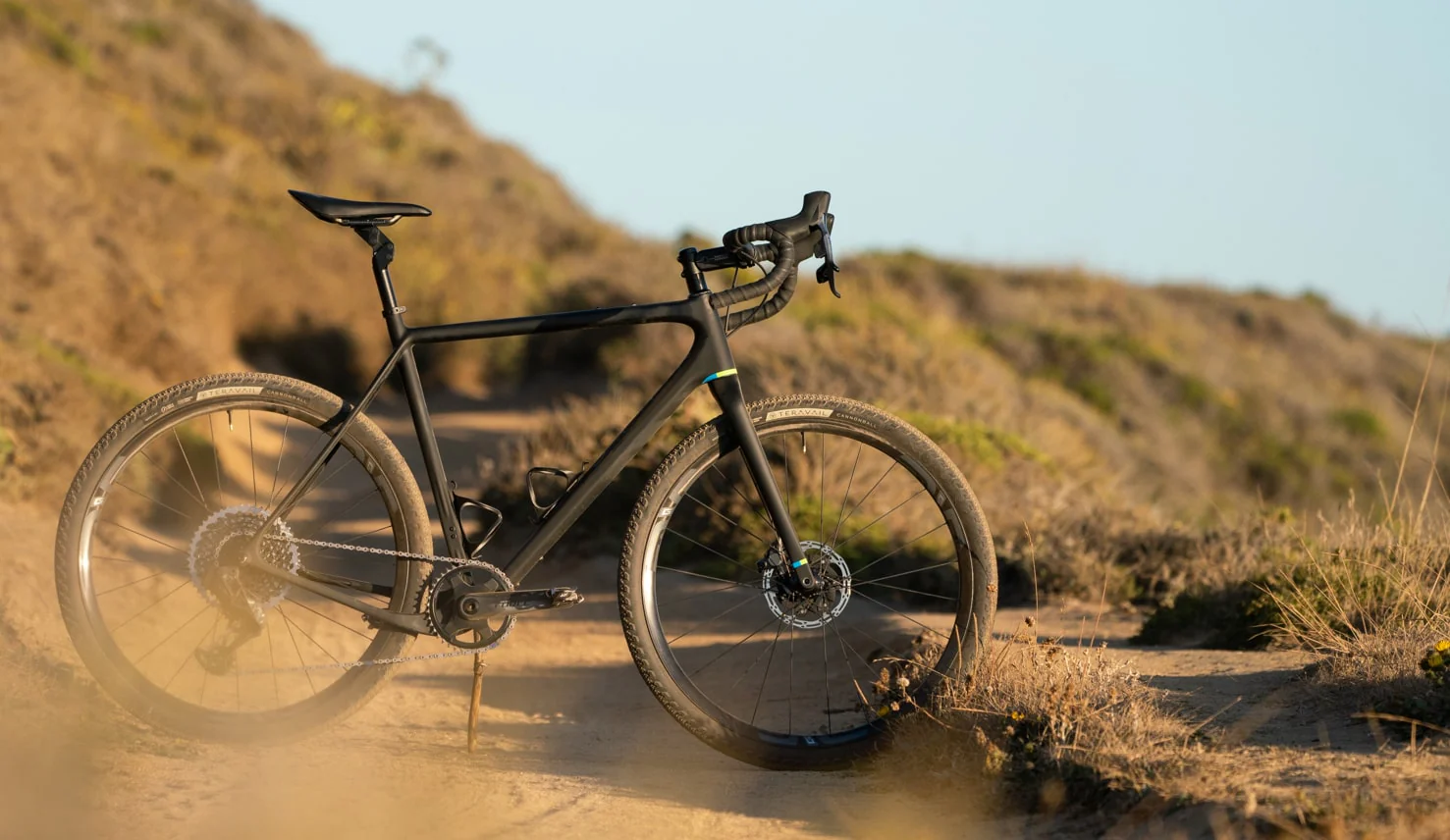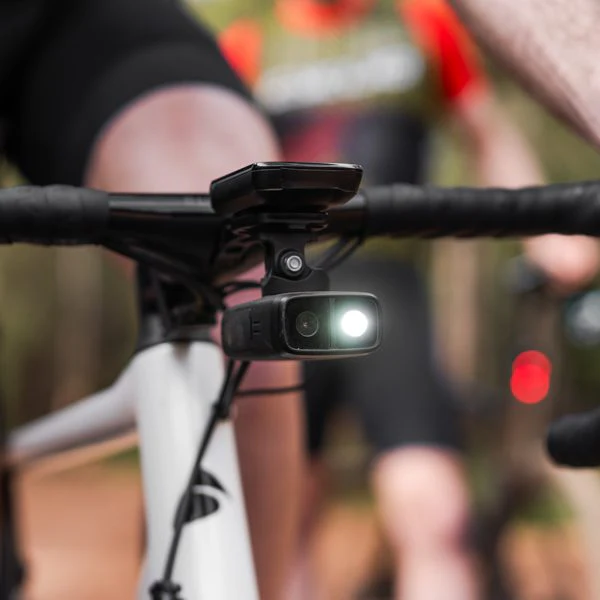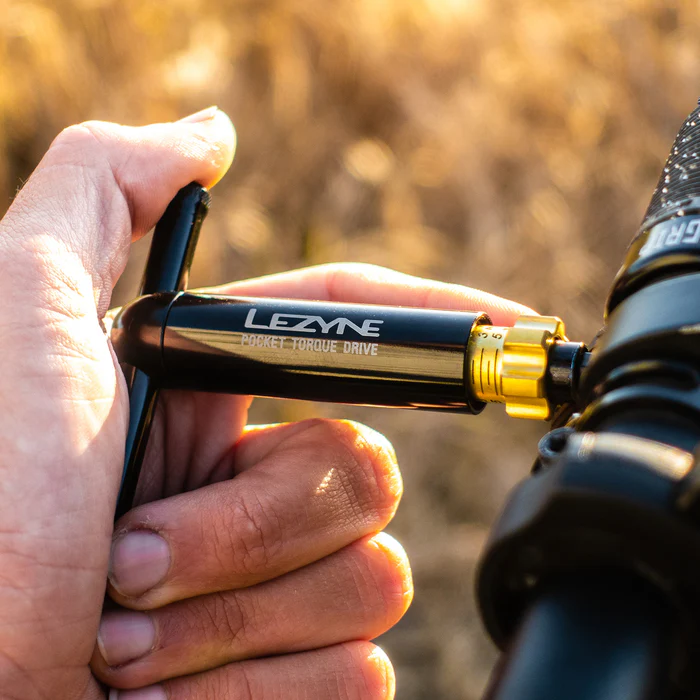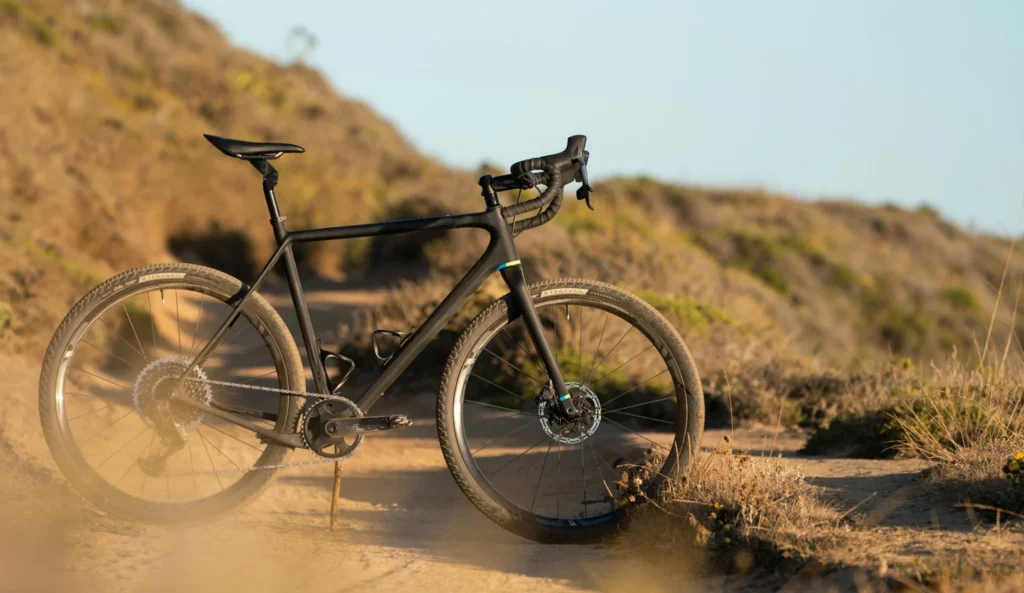
The ShockStop Suspension Stem from Redshift Sports is one of those rare cycling components that quietly transforms how your bike feels—without fundamentally changing how it rides. Originally designed to reduce upper body fatigue during long-distance rides, it’s found favour among commuters, gravel riders, sportive cyclists, and bike packers alike.
The concept is simple: add subtle vertical compliance at the handlebars to absorb vibration and impact from rough terrain. But the execution is notably refined, with a hidden suspension mechanism tucked inside a sleek alloy stem body. Unlike bulky suspension forks or spring-loaded cockpit add-ons, the ShockStop works invisibly and seamlessly, delivering comfort without compromise.
In this in-depth review, we cover installation, on-road performance, suspension feel, durability, and how it compares to alternative options—drawing from more than 500 miles of testing on tarmac, gravel paths, forestry trails, and urban commutes.
Design and Engineering: How It Works
The ShockStop stem uses a pivoting design built into a standard-looking alloy stem. Inside the housing are interchangeable elastomers—soft rubber inserts with different stiffness levels—placed against a pivot that compresses slightly with vertical impacts. When your front wheel hits a bump, the stem flexes downward just enough to absorb the shock before it reaches your hands and shoulders.
Travel is limited to around 10–20mm depending on rider weight and elastomer tuning. This is deliberate: enough to dampen chatter and road buzz, but not so much that steering or control are compromised.
Unlike suspension forks, which allow movement in multiple directions and can feel vague or bouncy, the ShockStop moves vertically only. This preserves precise steering and feedback through corners and sprints.
Despite its internal complexity, the stem’s external appearance is understated. It resembles a standard CNC-machined aluminium stem, with a removable top cap for elastomer access and a four-bolt faceplate that fits standard 31.8mm handlebars.
The build quality is impressive, with premium machining, tight tolerances, and solid fasteners. There’s nothing flashy—but it doesn’t need to be. The design does its job quietly and effectively.
Technical Specifications
- Suspension Travel: Up to 20mm vertical
- Stem Lengths: Available from 80mm to 120mm (±6°, +6°, or +30° rise options)
- Steerer Tube: 1 1/8” threadless (1 ¼” adapter available)
- Weight: Approximately 280g (100mm version)
- Elastomers: Includes five inserts (two installed, three spares) for tuning resistance
- Compatibility: Drop bars, flat bars, touring bars, gravel and commuter bikes
- Retail Price: £189.99 (often discounted)
The stem comes with an elastomer tuning guide that recommends combinations based on rider weight. Swapping them is tool-free and takes about five minutes.
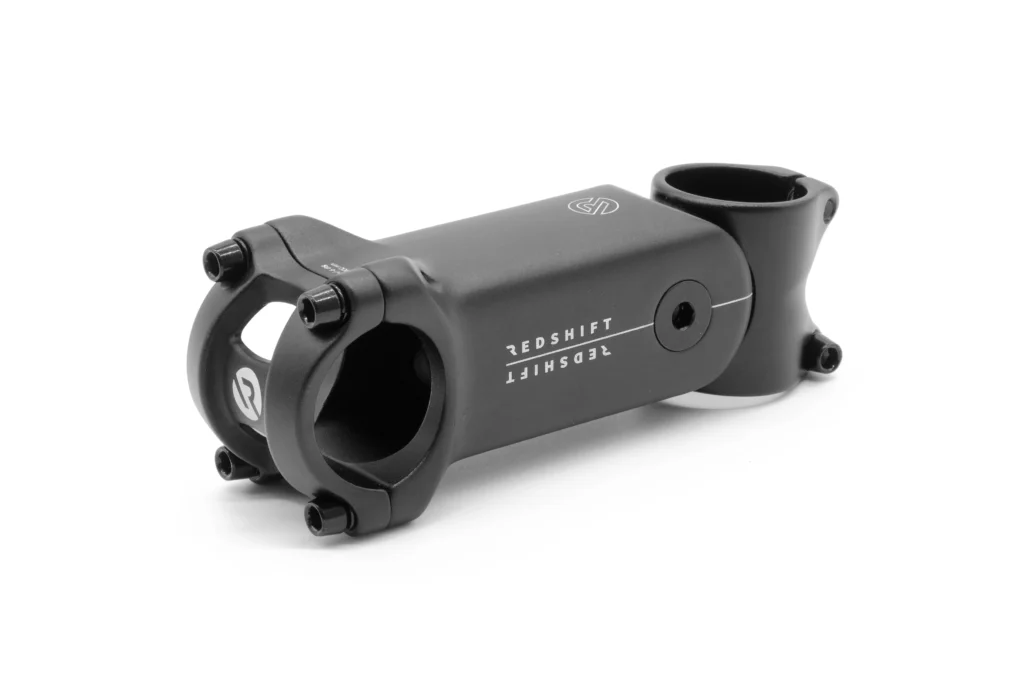
Installation: Plug-and-Play Simplicity
Installing the ShockStop stem is straightforward:
- Remove your existing stem
- Insert the ShockStop on your steerer tube
- Tighten steerer bolts to recommended torque
- Attach handlebars using the faceplate
- Tune elastomers (optional)
If you’re comfortable swapping stems, this install requires no special skills. Redshift includes a printed quick-start guide and a more detailed manual online. The stem fits cleanly without interfering with cables, spacers, or integrated handlebar systems.
For drop-bar gravel bikes or touring setups, you’ll want to consider stem length and angle. Redshift offers multiple configurations to suit aggressive or upright geometries.
On the Road: Performance and Comfort
Once installed, the most striking thing about the ShockStop is how quickly you forget it’s there. There’s no visible movement. It doesn’t creak, flex sideways, or change your handling. Instead, you just start to notice that the buzz of coarse roads is gone.
Testing began with typical chipseal lanes and potholed urban tarmac. The usual vibration in the wrists and shoulders was noticeably reduced. After two hours in the saddle, hand fatigue was lower than usual, and there was no residual ache in the forearms.
On longer gravel rides, the stem absorbed chatter from compacted forestry roads, washboard surfaces, and light trail features like roots and embedded rocks. At no point did the stem compromise control, even at speed or when cornering aggressively.
Off-road, it won’t replace a suspension fork on proper singletrack—but for rough gravel and mixed surfaces, it makes a real difference. The stem feels planted, quiet, and efficient.
During urban testing, the ShockStop helped smooth cobblestone crossings, kerb drops, and patchy cycle paths. It added confidence, especially for riders using rigid forks and slick tyres.
Tuning Suspension Feel
One of the stem’s best features is its tunable elastomers. Swapping them lets you adjust how much movement occurs under pressure.
Heavy riders benefit from firmer elastomers to prevent over-compression. Lighter riders can run softer inserts to get more flex. Mixed combinations are supported, letting you fine-tune the behaviour at different points in the travel.
Unlike air-sprung forks or seatposts, there’s no bouncing or loss of energy during hard efforts. The motion is limited, damped, and predictable. Even during sprints or climbs out of the saddle, the stem holds firm under lateral force. It compresses only when you need it—during vertical impacts.
This balance is what makes it ideal for riders who are sceptical of suspension systems. You get the comfort without losing responsiveness or feel.
Durability and Maintenance
After 500+ miles of use, the ShockStop stem showed no signs of wear. The pivot remains tight, elastomers stayed in place, and bolts retained torque. There’s no exposed mechanism, so dirt and debris don’t collect or affect performance.
The elastomers are rated for multi-year use and can be replaced if needed. Redshift sells replacement kits for a reasonable price.
There’s no lubrication, servicing schedule, or break-in period. Once installed, it’s good to go.
The stem’s anodised finish held up well to weather, with no corrosion or flaking. Riders in wet or gritty climates will appreciate the sealed design and low maintenance.
Comparison: Alternatives to ShockStop
If you’re considering comfort upgrades, here’s how the ShockStop stacks up:
- Suspension Forks: Offer more travel (40–60mm+) and front-end damping, but add weight (1.5–2kg), complexity, and need regular service. Often overkill for gravel or commuting.
- Comfort Carbon Stems: Use built-in flex to absorb minor bumps but offer limited travel (5–8mm), no tuning, and compromise stiffness during hard efforts.
- Suspension Seatposts: Improve rear comfort, but don’t protect upper body from handlebar impacts.
- Wider Tyres: Improve traction and absorb some buzz, but don’t target wrist/hand fatigue directly.
The ShockStop stem hits the sweet spot: it’s effective, lightweight, tuneable, and doesn’t compromise bike fit, handling, or efficiency.
Pros
- Smooths out road buzz, chatter, and small impacts
- Reduces upper-body fatigue over long rides
- Easy to install and tune with swappable elastomers
- Maintains crisp steering with no lateral flex
- Quiet, sealed, and service-free
- Sleek design blends with modern bikes
- Suitable for gravel, touring, endurance, and commuting
Cons
- More expensive than traditional stems
- Heavier than standard alloy stems (~200g more)
- Doesn’t replace a full suspension fork
- Vertical motion only — no lateral or fore-aft damping
- Aesthetic may not suit ultra-minimalist race builds
Final Verdict
The Redshift ShockStop Suspension Stem is one of the most effective and unobtrusive comfort upgrades available for drop-bar and flat-bar riders today. It delivers genuine performance benefits for anyone riding on imperfect surfaces—whether that’s a daily commute, gravel adventure, or endurance road sportive.
Unlike bulkier options or complicated systems, it provides instant, tuneable comfort without altering how your bike behaves. For riders with wrist or shoulder sensitivity, or those tackling mixed terrain on a rigid fork, the payoff is clear: fewer aches, fresher hands, and smoother rides.
It’s not cheap, and it’s not featherweight—but for most cyclists who value real-world comfort and all-day confidence, the ShockStop is a smart investment that pays off in every mile.
Rating: 9.3/10
Best For: Gravel cyclists, commuters, touring riders, endurance athletes
Avoid If: You need full suspension or ultra-light components

